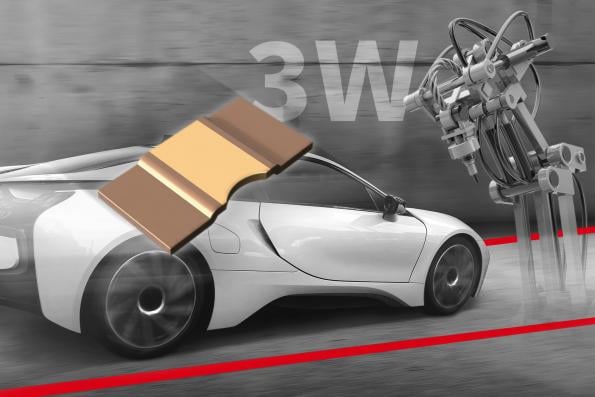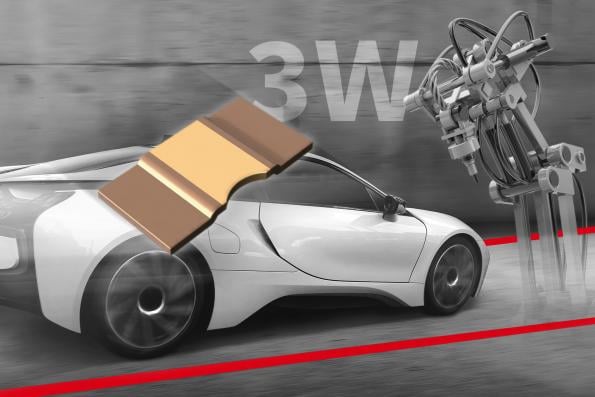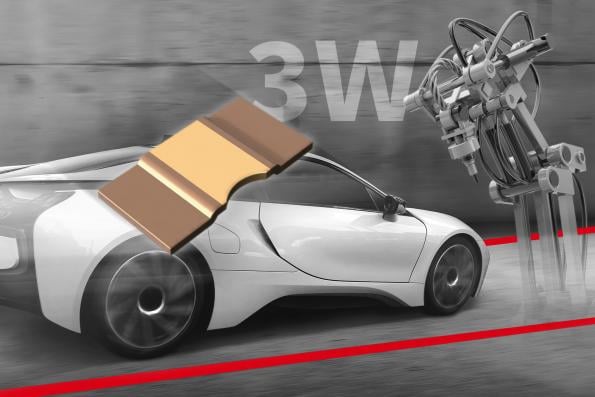
In the realm of electrical engineering, shunt resistors play a significant role in various applications, including power management, current sensing, and voltage regulation. The selection of the right shunt resistor is crucial for achieving accurate measurements and optimal performance. This blog post aims to explore the different types of shunt resistors available in the market and shed light on their unique characteristics.
1. Metal Strip Shunt Resistors:
Metal strip shunt resistors are widely used in power measurement applications due to their excellent accuracy and low temperature coefficient. These resistors are constructed by winding a resistive alloy strip around a ceramic core and then encapsulating it in a protective coating. Metal strip shunt resistors offer high stability, low inductance, and can handle high current loads. They are commonly employed in precision power supplies, industrial automation systems, and energy metering applications.
2. Wirewound Shunt Resistors:
Wirewound shunt resistors are known for their high power handling capabilities and superior stability. Constructed by winding a resistive wire on a ceramic or fiberglass core, these resistors offer low temperature coefficients and excellent linearity. Wirewound shunt resistors are often used in heavy-duty applications where high accuracy and power dissipation are required, such as motor control systems, battery charging, and power distribution units.
3. Metal Film Shunt Resistors:
Metal film shunt resistors are popular for their high precision and wide resistance range. These resistors are created by depositing a thin layer of resistive metal alloy on a ceramic substrate. Metal film shunt resistors offer low noise, low temperature coefficients, and excellent long-term stability. They find applications in precision instrumentation, medical devices, and telecommunications equipment where accurate current sensing and measurement are critical.
4. Thick Film Shunt Resistors:
Thick film shunt resistors are cost-effective solutions that provide moderate accuracy and power handling capabilities. These resistors are manufactured by screen printing a resistive paste onto a ceramic substrate and then firing it at high temperatures. Thick film shunt resistors offer good stability, low noise, and high resistance tolerance. They are commonly used in consumer electronics, automotive electronics, and general-purpose current sensing applications.
5. Current Sensing Resistor Modules:
Current sensing resistor modules, also known as shunt modules, integrate a shunt resistor with additional components such as sense resistors, amplifiers, and temperature compensation circuits. These modules offer enhanced accuracy, signal conditioning, and protection features. Current sensing resistor modules are often utilized in high-performance applications that require precise current monitoring, such as power inverters, electric vehicle systems, and renewable energy converters.
Conclusion:
The selection of the appropriate shunt resistor is essential for achieving accurate measurements and optimal performance in power management and current sensing applications. Metal strip, wirewound, metal film, and thick film shunt resistors are widely used, each offering unique characteristics such as accuracy, power handling, stability, and cost-effectiveness. Additionally, current sensing resistor modules provide advanced features for enhanced accuracy and signal conditioning. By understanding the characteristics of different shunt resistors, engineers can make informed decisions and select the most suitable resistor for their specific application.
-

Applications of fixed resistor
Hello, today we will discuss the applications of fixed resistors and provide exa...
2023-06-07 view+ -

Unveiling the Applications of
As we delve deeper into the realm of electrical engineering, we uncover various ...
2023-10-31 view+ -

Professional products, quality
OSWELL will present at the INA PAACE Automechanika in Mexico and the FIEE in Bra...
2023-07-05 view+ -

Common Challenges and Trouble
Shunt resistors are widely used for current measurement in various electrical sy...
2023-10-31 view+


